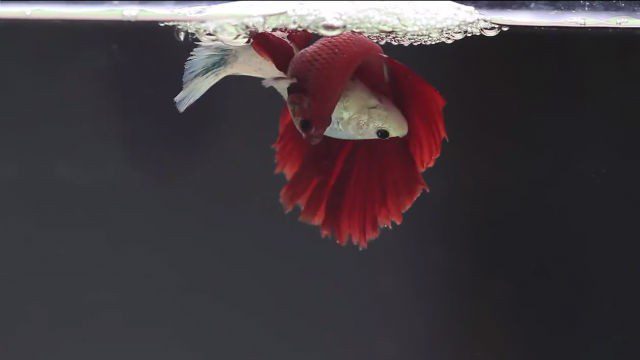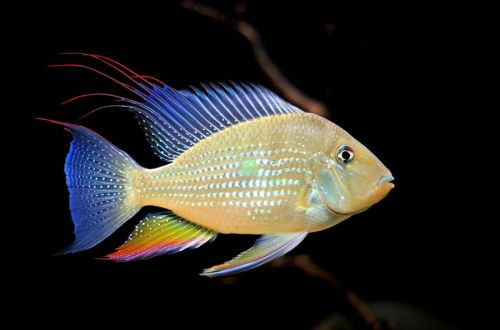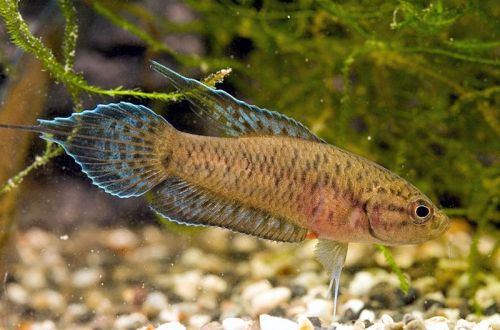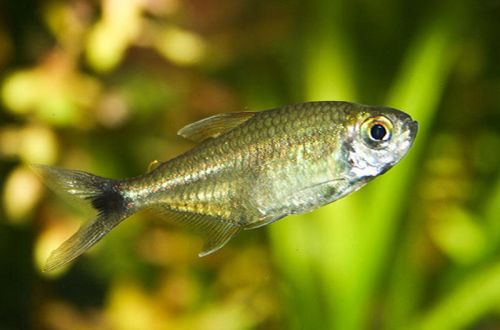
Malay cockerel
The Malayan Cockerel, scientific name Betta pugnax, belongs to the Osphronemidae family. Outwardly, not too remarkable fish, significantly inferior to other Cockerels in color. However, this type also has its advantages and interesting features. It is unpretentious, can live even in an aquarium with a minimal design and has an uncharacteristic strategy for protecting offspring for labyrinth fish.
Groups / classification of fighting fish (Petushkov)
Contents
Habitat
It comes from the territory of modern Malaysia (Southeast Asia). Representatives of the species have been found across most of the country from a wide variety of habitats. Fish are found both in stagnant shallow foothill streams and creeks, and in reservoirs in the canopy of the tropical forest or swamps with dense vegetation. What they have in common is very low illumination, due to the dense crowns of trees (both in the mountains and on the plains), little sunlight penetrates the surface.
At present, most of the habitat has been destroyed for agricultural purposes, and the Malay cockerel is forced to begin to develop new habitats – artificial channels and ditches along the plantations.
Brief information:
- The volume of the aquarium – from 80 liters.
- Temperature – 22-28°C
- Value pH — 4.0–7.5
- Water hardness – soft (1-10 dGH)
- Substrate type – any
- Lighting – subdued
- Brackish water – no
- Water movement – little or no
- The size of the fish is up to 7 cm.
- Food – any food
- Temperament – conditionally peaceful, timid
- Keeping alone or in pairs male / female
Description
Adults reach a length of about 7 cm. Depending on the region of origin, there may be slight differences in color. The main color is reddish-brown with green/bluish spots. Sexual dimorphism is weakly expressed, males are larger in comparison with females and have enlarged fins, so it can be problematic to identify fish of different ages and sizes accordingly by gender.
How to determine the age of Cockerels (Betta Fighting Fish)
Food
In nature, they prey on small insects and aquatic invertebrates. At home, it is perfectly adapted to dry food, but be sure to include meat products (bloodworm, daphnia, brine shrimp) in live or frozen form in the diet. An excellent alternative can be specialized food for Betta fish (fighting fish), which include the Malay cockerel, which contain the necessary trace elements. Give preference to well-known manufacturers, in order to avoid purchasing low-quality food.
Maintenance and care, arrangement of the aquarium
A tank with a volume of 80 liters is suitable for keeping one adult pair of fish. The design is arbitrary, subject to two basic requirements – a low level of illumination and the presence of shelters. Many breeders choose not to use a primer for ease of maintenance, but it does affect the look of the aquarium, so a substrate will be useful. The basis of the decor can be a large branched snag. If it doesn’t provide a secure place to hide, additionally place decorative objects (wrecks, castles, moles, caves) or a simple ceramic pot turned on its side.
To create conditions characteristic of the natural habitat, the bottom is covered with dried fallen leaves. For these purposes, oak leaves are perfect, which must first be washed and soaked in a container until they begin to sink, otherwise they will float on the surface of the aquarium. Leaves serve not only as an element of decoration, but also have a positive effect on the hydrochemical composition of water. In the process of their decomposition, the water turns into a slightly brown color and is saturated with tannins. Leaves are renewed once every one or two weeks.
Water conditions must be maintained within acceptable pH and dGH ranges. The filtration system is adjusted to keep internal flow to a minimum. The aquarium is equipped with a lid, thanks to which a warm air layer will form above the surface, which is important for the health of labyrinth fish. Maintenance comes down to weekly water changes (10-15% of the volume) and regular cleaning of the substrate from organic waste.
Behavior and Compatibility
Refers to fighting fish. Intraspecific relations are built on the absolute dominance of the male in a certain territory. Males enter into rather fierce fights with each other, which in the confined space of the aquarium will lead to the inevitable death of one of them. Keep either alone or in company with one or more females. To keep the male in good shape, you can temporarily fix a safe mirror on the wall of the aquarium.
Despite the fighting disposition, in relations with other species, the Malayan Cockerel is quite timid, and the neighborhood with active fish can intimidate him greatly, so keep him in a species tank if possible.
Breeding / breeding
Spawning is possible in the main aquarium, provided that other species do not live there, otherwise it will be necessary to install a separate tank – a spawning aquarium with identical water conditions.
Unlike other labyrinth fish, the Malayan cockerel does not build a bubble nest, it has developed a different strategy for protecting future offspring – the male keeps the eggs in his mouth during the entire incubation period, which lasts 9-16 days. Young and inexperienced males may inadvertently eat a certain amount of eggs or release them ahead of time. Adult fish are not prone to cannibalism and juveniles can grow in a common aquarium. Feed specialized food for fry. Sexual maturity is reached by six months, in order to avoid inbreeding and conflicts, matured fish should be resettled.

Fish diseases
The main cause of most diseases is unsuitable living conditions and poor-quality food. If the first symptoms are detected, you should check the water parameters and the presence of high concentrations of hazardous substances (ammonia, nitrites, nitrates, etc.), if necessary, bring the indicators back to normal and only then proceed with treatment. Read more about symptoms and treatments in the Aquarium Fish Diseases section.
Common diseases of fighting fish (Petushkov)





